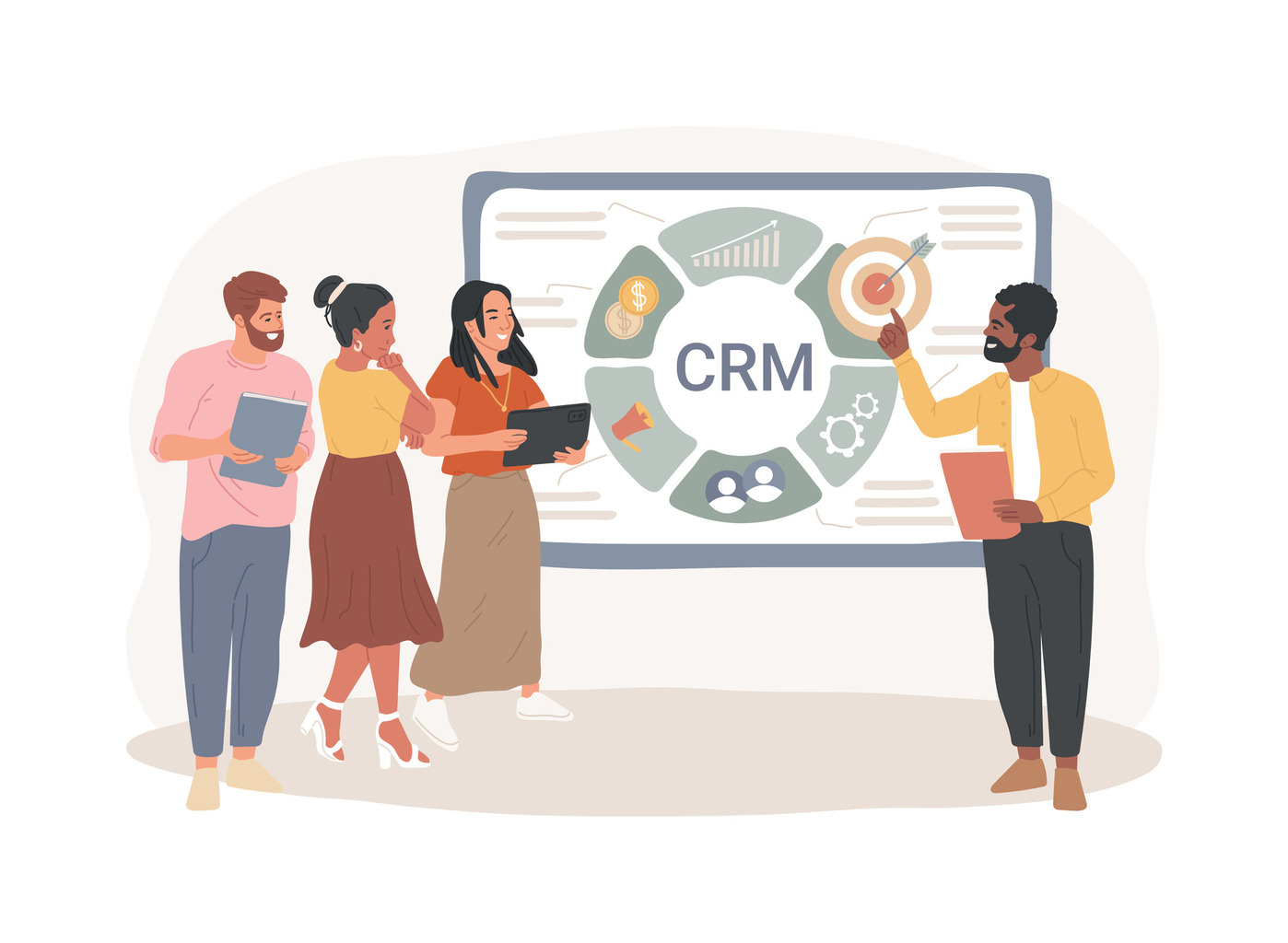Manage Customers effectively—non-technical entrepreneurs often rely on spreadsheets to manage customer relationships—but as sales pipelines grow, these manual tools break down. Missed follow-ups, duplicate data, and limited visibility become costly bottlenecks. The right CRM software replaces chaos with clarity, automating tasks and centralizing communication—no coding required.
Modern CRM software centralizes interactions, automates repetitive tasks, and tracks progress visually. These platforms prioritize simplicity, allowing founders to focus on business growth instead of software manuals. No coding or complex setups required.
To better Manage Customers, this guide identifies solutions designed for accessibility and immediate impact. It compares features, pricing, and implementation strategies tailored to time-strapped leaders. As a result, it helps turn fragmented workflows into cohesive systems that boost customer satisfaction and retention.
Key Takeaways
- Scaling businesses outgrow manual methods, creating operational bottlenecks.
- User-friendly CRM tools automate tasks and centralize data for clearer insights.
- Intuitive designs reduce learning curves for non-technical teams.
- Strategic platform selection directly impacts revenue and client loyalty.
- Actionable comparisons help founders choose systems aligned with their goals.
Introduction to CRM for Non-Tech Founders

However, many growing companies rely on spreadsheets for tracking client interactions – until errors multiply and opportunities slip away. Manual methods may work early on, but without proper tools to Manage Customers effectively, they quickly become inefficient and error-prone.
Modern CRM software eliminates this friction by automating workflows and centralizing data. Unlike static spreadsheets, these systems adapt as businesses scale, turning fragmented details into actionable insights. One survey found 74% of SMBs using CRMs report improved client retention within six months.
“We wasted months fixing spreadsheet errors before switching. Now our management process takes half the time.”
| Features | Spreadsheets | CRM Software |
|---|---|---|
| Data Centralization | Limited | Unified Platform |
| Automation | Manual Entry | Workflow Triggers |
| Scalability | Error-Prone | Seamless Growth |
Consequently, non-technical founders often avoid CRMs fearing steep learning curves. Yet platforms like ClearCRM prioritize intuitive dashboards over complex coding. They help teams Manage Customers more efficiently—updating deals in real time while automated reminders prevent missed follow-ups.
Importantly, delayed adoption risks operational chaos. Businesses that use CRM tools to Manage Customers early reduce data cleanup costs by 63% compared to those reacting to crises. The right tools transform reactive scrambling into strategic sales momentum.
Understanding Customer Relationship Management for Non-Tech Founders
As a result, growing businesses often hit roadblocks when relying on outdated methods to track client interactions. Manual systems create gaps in visibility, making it hard to Manage Customers effectively and deliver consistent experiences. Customer relationship management (CRM) tools solve this by unifying data and automating workflows – no technical expertise required.
Benefits for Small Businesses
CRMs centralize client histories, purchase patterns, and communication logs. This data consolidation lets teams personalize interactions efficiently. For example, a boutique retailer could use purchase history to recommend products matching individual preferences.
Small businesses using CRMs report 34% faster sales cycles and 27% higher customer retention. Automated reminders ensure follow-ups happen on time, while shared dashboards keep teams aligned. One study found 68% of users improved cross-department collaboration within three months.
Key Challenges for Non-Tech Users
Complex setups and cluttered interfaces frustrate many founders. Over 40% of small businesses abandon CRM trials due to steep learning curves. Platforms demanding coding or excessive customization waste time better spent on business growth.
| Opportunity | Common Hurdle | Solution |
|---|---|---|
| Personalized Marketing | Data fragmentation | Unified customer profiles |
| Sales Forecasting | Manual data entry | Automated pipeline tracking |
| Team Adoption | Complex training | Intuitive drag-and-drop tools |
McKinsey research shows 71% of clients expect tailored experiences – a demand CRMs meet through centralized management. Choosing systems with pre-built templates and guided onboarding minimizes friction. Prioritize platforms offering live support during initial setup phases.
The Need for Dedicated CRM Software Over Spreadsheets
Collaborative editing in spreadsheets invites costly errors over time. While suitable for solo users, these manual systems collapse when sales teams grow. Version conflicts and accidental deletions create unreliable customer data – 43% of businesses report revenue loss due to spreadsheet errors.
Dedicated CRM software eliminates these risks through centralized access controls. Granular permissions ensure reps only modify fields relevant to their roles. Marketing sees campaign metrics without accidentally altering sales pipeline stages. Finance reviews payment histories without exposing sensitive details.
“We recovered 11 hours weekly after ditching spreadsheets. Real-time data syncs prevent duplicated efforts.”
| Factor | Spreadsheets | CRM Solutions |
|---|---|---|
| Data Control | Limited permissions | Role-based access |
| Scalability | Manual expansion | Automatic scaling |
| Risk Management | No audit trails | Change tracking |
Time savings prove equally transformative. Teams waste 18 minutes daily per member fixing spreadsheet errors – equivalent to 78 annual hours. Automated tools capture customer interactions instantly, freeing staff for revenue-driving tasks.
Centralized management also breaks down data silos. Marketing automations trigger based on sales activity, while support teams resolve issues using complete interaction histories. This cohesion drives 29% faster deal closures according to recent case studies.
Businesses scaling beyond 10 employees typically hit spreadsheet limitations. Proactive adoption of CRM systems prevents operational breakdowns during growth surges. The right platform becomes a force multiplier rather than a technical burden.
Core Features to Look for in a CRM
Choosing CRM features that align with business goals separates functional tools from time-wasting complexity. Founders need systems balancing automation with simplicity.
Contact Management Essentials
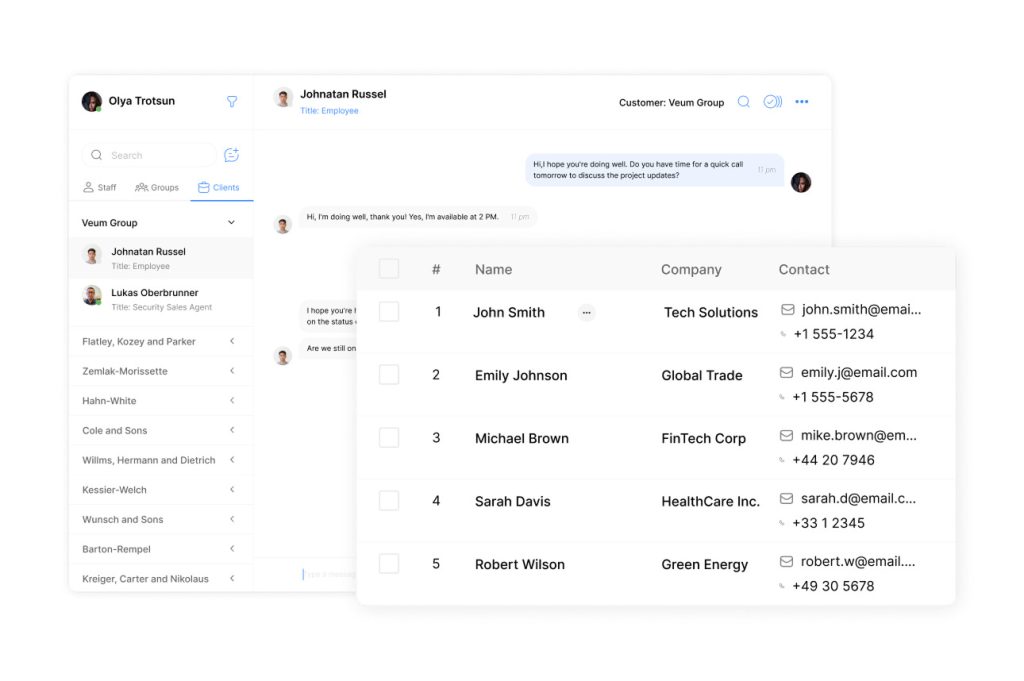
Centralized databases form the backbone of effective CRMs. These systems automatically capture customer details from emails, calls, and forms while eliminating duplicates. Custom fields let teams categorize contacts by purchase history or communication preferences.
| Basic Features | Advanced Features |
|---|---|
| Contact profiles | AI-driven insights |
| Duplicate detection | Predictive lead scoring |
| Tagging options | Third-party integrations |
Segmentation tools enable targeted campaigns. One e-commerce founder noted:
“Grouping clients by shopping habits boosted our email open rates by 40%.”
Sales Pipeline and Marketing Automation
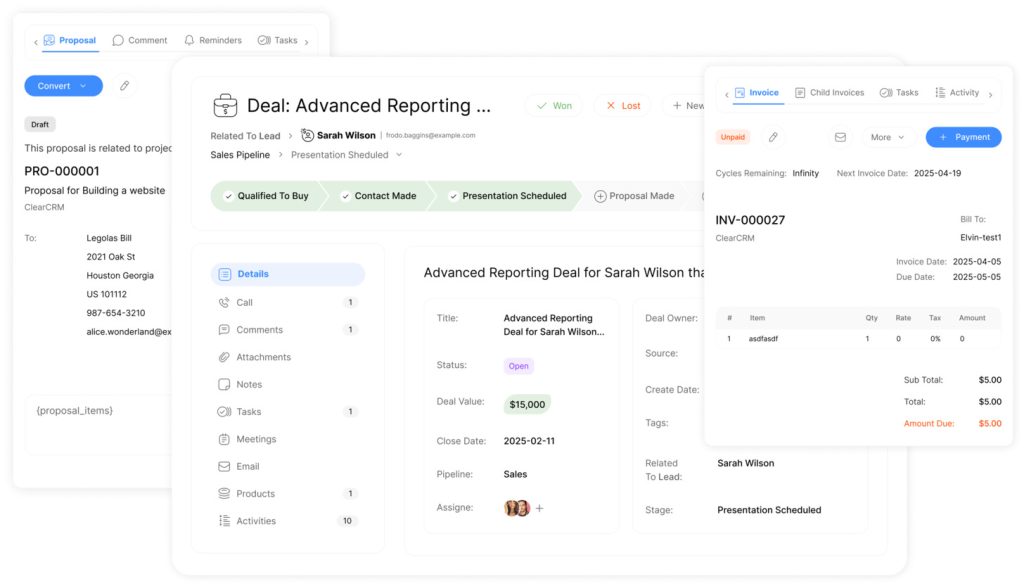
Visual sales pipeline tools like Kanban boards help track deals effortlessly. Marketing automation streamlines lead nurturing through:
- Drag-and-drop email builders
- Landing page templates
- Ad performance dashboards
Automated workflows trigger follow-ups when prospects download resources or attend webinars. This reduces manual tasks while maintaining consistent engagement. Integrated call tracking ensures every interaction updates customer profiles automatically.
Email template libraries save hours on repetitive outreach. Teams maintain brand voice while scaling communications – critical for growing businesses prioritizing customer retention.
Leveraging CRM for Customer Support and Email Marketing
Effective customer engagement demands tools that unify support and outreach efforts seamlessly. Modern CRM platforms merge these functions, eliminating the need for disjointed tools. HubSpot, for example, offers video tutorials and certification courses to help teams master these dual capabilities quickly.
Streamlining Customer Support
Integrated ticket management systems track issues from initial query to resolution. Automatic logging captures every email, call, or chat – creating searchable histories for faster problem-solving. One SaaS founder noted:
“Our customer support response time dropped 55% after consolidating communication channels.”
Pre-built workflows route urgent requests to available agents while filtering routine inquiries to self-service portals. This reduces operational complexity without requiring coding skills.
Enhancing Email Campaigns
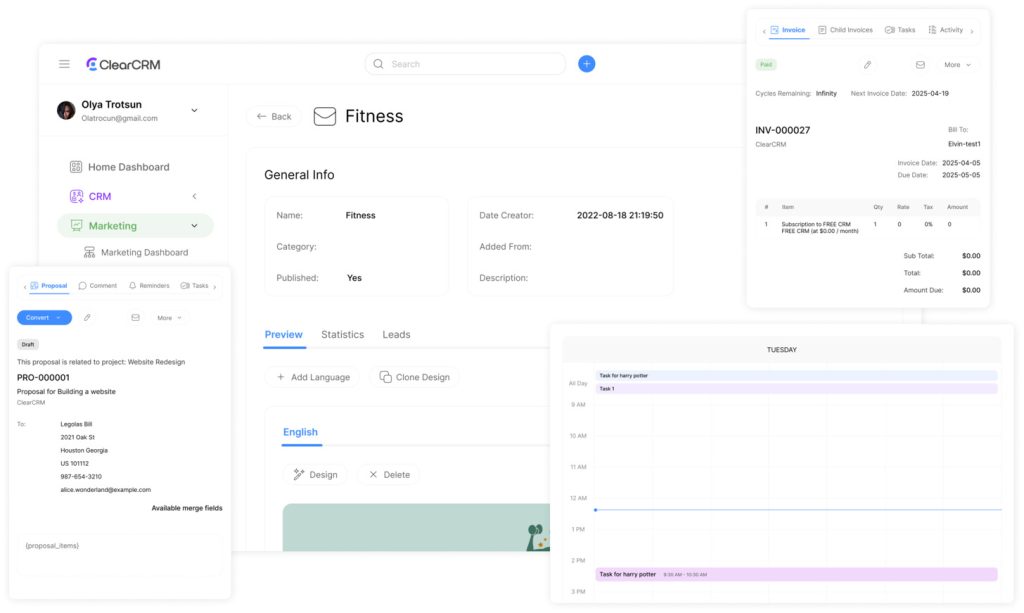
CRMs with built-in email marketing tools enable targeted campaigns using existing customer data. Behavioral triggers send abandoned cart reminders or product recommendations automatically. Performance dashboards reveal which subject lines drive opens and conversions.
| Basic Features | Advanced Features |
|---|---|
| Template libraries | AI-generated content |
| Open rate tracking | Predictive send-time optimization |
Automated drip sequences nurture leads through educational content series. These marketing campaigns maintain engagement while freeing teams for high-value tasks. Unified platforms also sync email activity with sales pipelines, ensuring consistent messaging across departments.
Implementation guides and live chat support help businesses maximize these features. Integration with payment processors or webinar tools creates fully automated customer journeys – turning fragmented interactions into revenue opportunities.
How CRM Simplifies Customer Data Management
Disorganized customer data creates costly blind spots. CRMs transform scattered details into strategic assets through centralized management and intelligent access controls. Platforms like HubSpot consolidate every interaction in one place, replacing guesswork with clarity.
Centralizing Customer Information
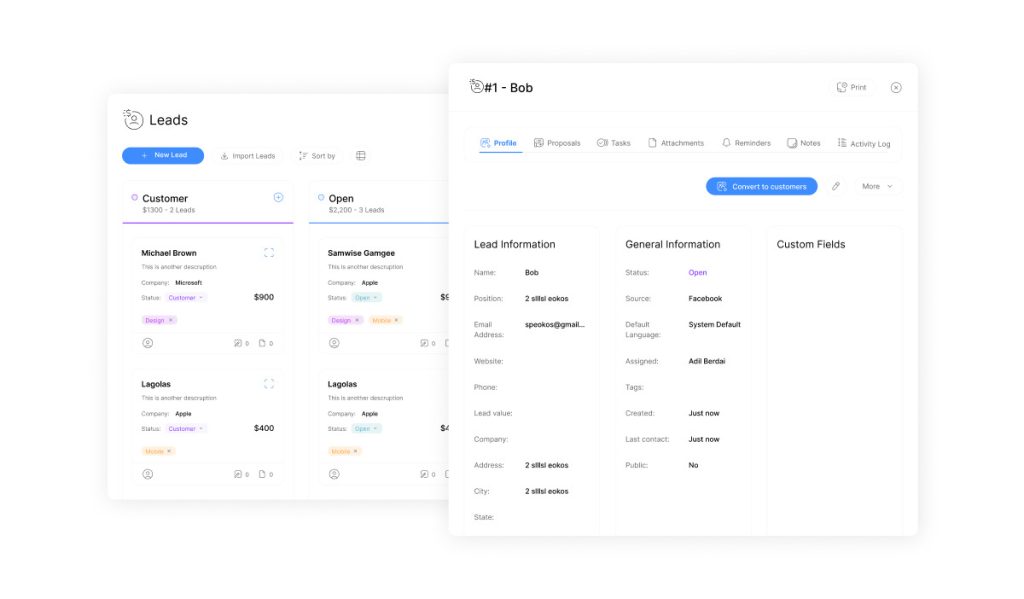
Traditional methods spread client histories across emails, spreadsheets, and sticky notes. CRMs unify these fragments into searchable profiles. Automated logs track website visits, support tickets, and call recordings – no manual updates required.
“Our sales team now resolves issues 40% faster with complete interaction histories.”
| Traditional Methods | CRM Solutions |
|---|---|
| Multiple data sources | Single source of truth |
| Manual entry errors | Automatic activity capture |
| Delayed updates | Real-time sync across devices |
Real-time synchronization ensures marketing, sales, and support teams access identical information. This eliminates conflicting versions that damage client trust.
Implementing Granular User Permissions
Not every team member needs full data access. HubSpot allows administrators to restrict editing rights for contacts, deals, or financial records. Marketing can view campaign metrics without altering pipeline stages.
| Role | Access Level | Permissions |
|---|---|---|
| Sales Rep | Deal Editing | Create/Update |
| Support Agent | Ticket Access | View Only |
| Executive | Financial Reports | Full Control |
Object-specific settings maintain data integrity while enabling collaboration. Sensitive information stays protected, yet accessible to authorized personnel. This balance drives efficiency without compromising security.
Centralized management reduces administrative work by 58% according to recent surveys. Teams focus on nurturing relationships rather than fixing data errors – a critical advantage for scaling business operations.
crm-for-non-tech-founders-how-to-manage-customers-without-the-headache
Complex systems drain productivity when teams spend more time troubleshooting than engaging clients. Founders need CRM software that works like a trusted assistant – quietly organizing details while they focus on growth.
Ease of Use for Non-Tech Entrepreneurs
Platforms requiring weeks of training defeat their purpose. Leading solutions use visual dashboards and drag-and-drop features instead of technical configurations. One survey found 82% of small businesses adopted user-friendly CRMs within three days versus 23% for complex systems.
“We skipped the training manual entirely. The interface practically guides you through tasks.”
| Traditional Methods | Modern CRM Benefits |
|---|---|
| Multi-step data entry | Automatic interaction logging |
| Separate communication tools | Unified message tracking |
| Manual report generation | Real-time analytics dashboards |
Automatic customer interaction tracking eliminates spreadsheet updates. Systems capture emails, calls, and website visits – building detailed profiles without manual input. This precision helps teams personalize follow-ups based on actual behavior.
Onboarding processes matter as much as daily use. Platforms offering setup wizards and pre-built templates reduce implementation time by 65% compared to custom-coded alternatives. Founders launch campaigns faster while maintaining sales momentum.
- Drag-and-drop editors simplify workflow creation
- Role-based permissions protect sensitive data
- Mobile access keeps teams productive on-site
By prioritizing ease of use, CRMs become growth accelerators rather than technical hurdles. Teams reclaim hours previously lost to administrative tasks – time better spent nurturing client relationships.
Comparing Top CRM Options for Non-Tech Founders
Selecting the right CRM requires balancing simplicity with robust functionality. Founders need platforms that adapt to their workflow, not the other way around. A comparative analysis of top CRM tools reveals key differences in usability and scalability.
HubSpot vs. Zoho: A Comparative Look
HubSpot CRM excels with its intuitive interface and free tier, ideal for startups. Its visual sales pipeline tools automate follow-ups while tracking email opens. However, advanced features require premium plans.
Zoho CRM offers deeper customization for niche industries. Built-in AI predicts customer behavior patterns, though its interface demands more initial setup. Teams needing granular reporting often prefer Zoho’s analytics.
EngageBay and Pipedrive Insights
EngageBay combines affordability with marketing automation, perfect for solopreneurs. Its all-in-one platform simplifies lead nurturing but lacks third-party integrations.
Pipedrive focuses on sales teams with drag-and-drop pipelines and activity reminders. While less feature-rich than HubSpot, its laser focus on deal progression speeds up sales cycles.
When evaluating CRM options, prioritize platforms offering free trials. Test how quickly your team adopts the interface before committing. The right choice eliminates friction, letting founders focus on growth – not software manuals.


